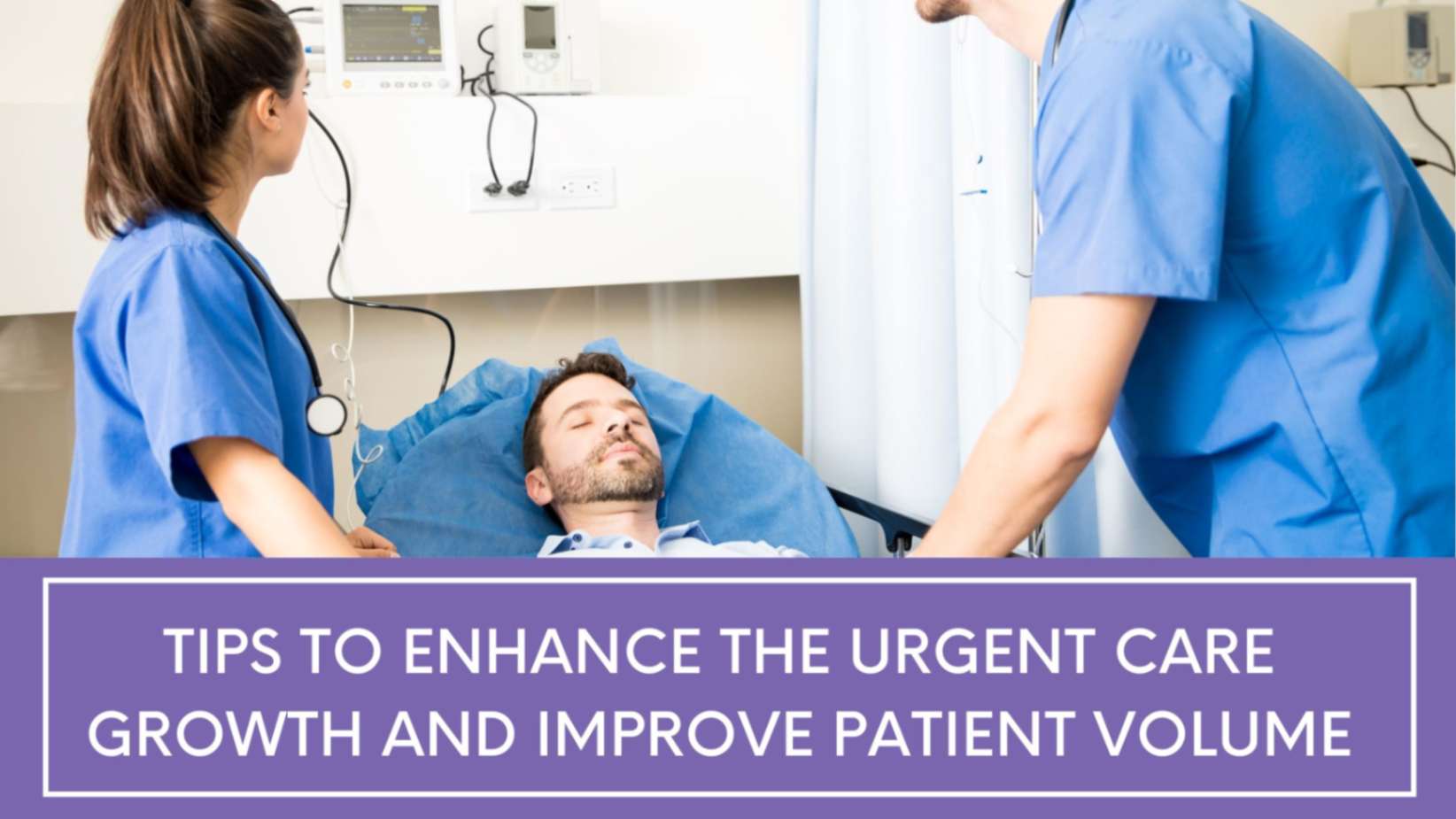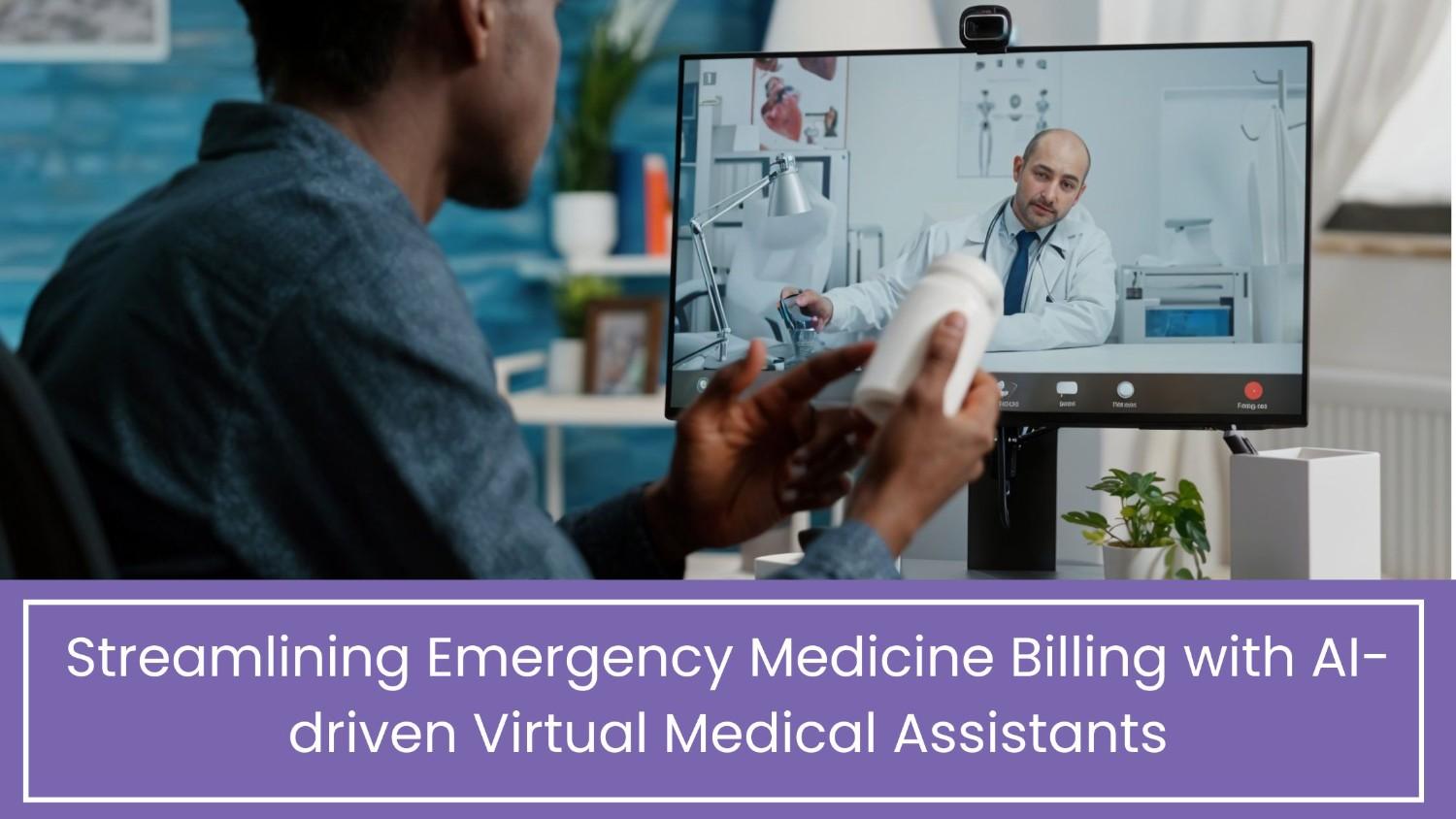Tips to Enhance the Urgent Care Growth and Improve Patient Volume
As the intensity of the pandemic has started to level out, patient influx in Urgent Care facilities has started to get back to normalcy. However, the constant shifts during the outbreak made the Urgent Care business look at its own growth with a new approach. Now, they are looking for aspects that could help them have adaptability and reliability during unexpected situations.
Protecting the Urgent Care business and cultivating resilient approaches are two imperative factors that they have piloted after the COVID-19 chaos. Patient influx rapidly surged during the time, mostly for testing and vaccinations. The kind of demand for Urgent Care might not prevail for a long time, but the chances of it happening again is also uncertain. So, it’s best to be prepared than to panic.
The fluctuating demands and unpredictable revenue shifts have brought the Urgent Care Centers to this verge. However, they can find newer revenue streams to optimize their revenue opportunities and bring in new customers with on-demand services.
Here are a few ways how Urgent Care facilities can improve their business growth and increase patient volume.
Table of Contents
1) Hype Up Occupational Medicine
Occupational Medicine is a great fit for Urgent Care Centers. They must focus on quick delivery of service, door-to-door time, and accessibility that they offer. These services can be provided both on-site and in clinics. On-site includes government departments including police, fire station, public schools, bus stations, manufacturing and food processing industries, construction sites, and such.
There are offices that facilitate the OccMed services before recruiting like drug screening, physicals, COVID tests, vaccines, and injury compensations. Urgent Care Centers can boost their growth by rendering the needful services to them.
The Need
Occupational Medicine allows Urgent Care facilities to extend and expand their services. It includes all or some kind of services that brings flexibility on a bigger scale to the facility. With proper cross-training, Urgent Care facilities can save up a lot of costs and bring in newer revenue streams.
The cost that really comes into the light will be the cost of marketing their services. With high-quality patient care, in and outside of the clinic, Urgent Care Centers can effectively incorporate substantial growth.
How to bring the change?
Urgent Care Centers can incorporate the benefits of Occupational Medicine by involving themselves in the community that they are serving and investing time in medical outreaches and thereby building a strong customer base.
As for how to render the services, Urgent Care Facilities can leverage telehealth and in-person services, and broaden their service horizon at large.
After slowly building that customer trust through continuous involvement and effective marketing, Urgent Care Centers can bring in necessary OccMed services including on-site examinations, testing, COVID-19 services, clearances, visual examinations, telemedicine services including blood pressure testing, respiratory, injury management, and much more.
2) Accelerate the Telemedicine Game
The emergence of COVID-19 has helped the healthcare sector to up its telecommunication game and solidify the telemedicine approach. Opting for telemedicine will continue for a longer time as people find it convenient and safe.
The Need
Telemedicine is here to save a lot of time for all. Not just that it increases the service efficiency, cost savings, and most importantly, helps deliver high-quality patient care. It benefits providers, patients, and healthcare entirely.
Providers:
Providers can increase their daily patient influx with the help of video visits, reducing the large amounts of face-to-face encounters. Telemedicine will help balance the volume of visits, and opt for a remote service whenever needed. This will help to reduce ‘no-shows’ and increases patient engagement, building stronger loyalty.
Patients:
The convenience that telemedicine delivers to patients is indisputable. It helps them seek immediate help from their homes, without having to travel or cancel appointments at the last minute. It is also great for patients as it alleviates their need to be in the clinic or hospital and being exposed to a number of patients with different medical conditions.
Additionally, telemedicine allows complete accessibility of healthcare services for rural and underserved areas. This not only brings in trusted doctors but also specialists whenever needed.
The healthcare system:
With telemedicine, there is a reduced number of wait-time and in-person visits. This means that non-urgent cases are more likely to be addressed online. This allows the healthcare sector to differentiate emergency care from non-urgent cases. Healthcare sectors can allocate services that fit the patients’ everyday medical needs. Looking from a bigger picture, this will only improve the efficacy of the healthcare sector.
How to incorporate telemedicine?
The telemedicine approach is not easy as it might sound. It must incorporate medical services on a broader scale and make them available for everyone. In general, telemedicine has made a breakthrough in multiple areas including primary care, psychiatry, internal medicine, oncology, rehabilitation, and much more.
Urgent Care facilities must ensure that they have enough specialties to support the community that they are serving and identify the major section that requires specific treatment modalities.
Telemedicine must also be feasible for common ailments that people might seek treatment for including allergies, infections, insect bites, and such.
3) Incorporate Primary Care
Urgent Care facilities must also transform themselves into primary care providers. It can no longer serve just as an episodic care center. With the increasing need for primary care, there is an increased in-and-on demand for the patients. It will also help the Urgent Care Centers to reform itself into hybrid clinics.
The need
Introducing primary care into Urgent Care takes a lot of effort. But transforming into a hybrid clinic is completely worth it. Let us see why:
Increased number of patients
Urgent Care Centers can serve as the ultimate choice for patients with primary and episodic concerns. It delivers absolute wellness and patients can have the benefit of accessing care at the comfort of their home, avoiding all the travel and effort that is needed for an in-person visit. Primary care will benefit both the patients and the Urgent Care Center with enhanced efficiency in terms of care delivery and the number of patients that can be seen and treated.
Improved number of visits and reimbursements
When patients make consistent visits to the Urgent Care facility with scheduled appointments on a regular basis, it increases the average number of visits to the facility. This will accelerate the revenue streams and thereby increase the reimbursement rates from the insurance companies. It also depends on the number of contracts that the Urgent Care facility has with the insurances. The contractual consideration for the primary care setting is unavoidable.
A holistic facility
As the Urgent Care facility transforms into a hybrid facility, patients are more likely to consider them for their health check-ups, screenings, and such. For instance, if a patient gets a complete health screening and a routine flu shot from the same Urgent Care, they are likely to come back due to the ease of access.
How to make it true?
Primary Care services need the necessary tools to deliver the needful. If Urgent Care gets its hands on the expert tools that enable the primary care setting, then it can evidently improve its revenue and at the same enhance the quality of services. Well, it comes without saying that primary care physicians play a major role in this process. Also, bringing in a system that integrates the urgent care needs and the primary care needs into a single window will help speed up the process and make the entire workflow much more efficient.
The software chosen for primary care needs must provide:
- Easy access to patient details including high-level conditions, histories, and chronic conditions.
- Proper summaries of patient evaluations and problem lists.
- Easy way of documentation and charting of patient’s treatments and conditions.
- Rectifications and remedies for patients with chronic illnesses.
- Performance analytics and track display graphs.
- Easy to understand growth charts.
- Proper accommodation and process referrals and schedules efficiently.
- Ability to remove roadblocks and come up with strategic solutions.
Uplift the Urgent Care Services
This article just covers the tip of the iceberg on Urgent Care services. To dig deeper and understand the new trends that have impacted Urgent Care revenue, check out our resources and learn more progressive information.
If you want to thrive in the new era of Urgent Care services, reach out to our experts at Practolytics. We are an established player in the healthcare revenue cycle and have partnered with best of the experts in the industry to deliver healthcare practice RCM and credentialing needs.
ALSO READ – Top 8 Features That you Must Look for in an Urgent Care Software
Talk to Medical Billing Expert Today — Get a Free Demo Now!






